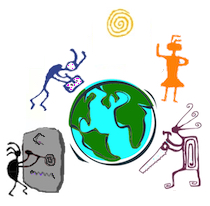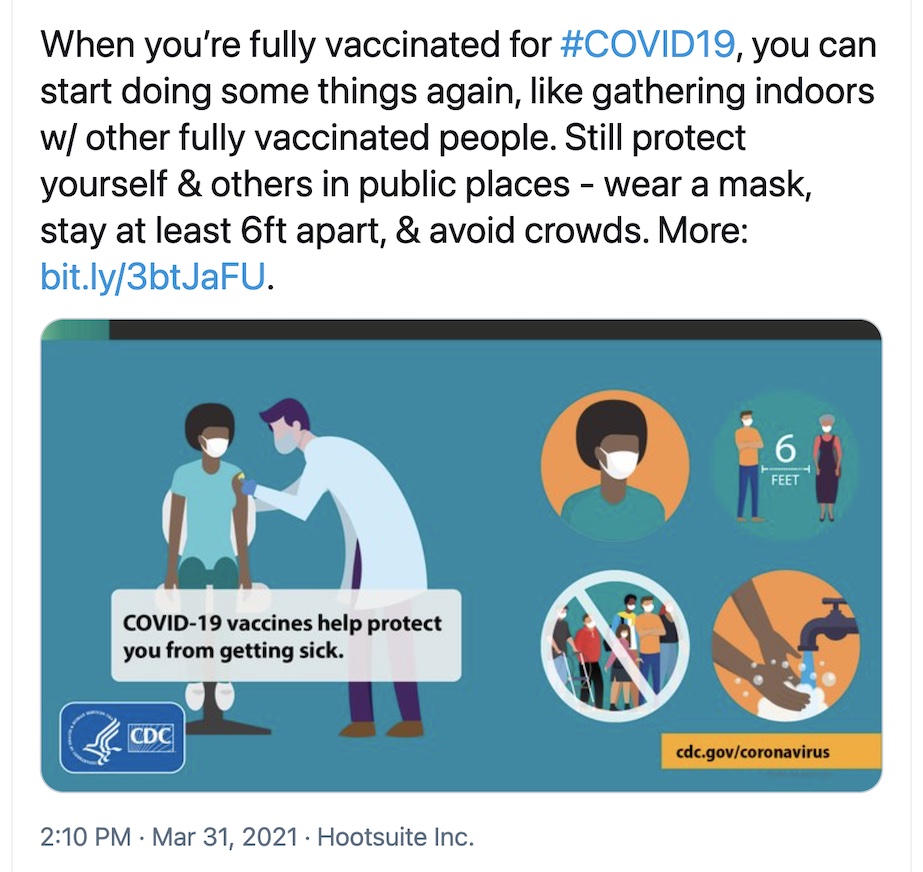Below is a question and answer from an interview with by Paul Salopek on the post-pandemic world, and I think its message is something every person that wants to volunteer abroad, or any person that wants to be a humanitarian worker abroad, needs to reflect on:
How can storytellers, who are often used to traveling and seeking stories out in the field, adapt to the new reality and continue telling the stories while staying at home?
I’ve always suggested to journalism students that it’s easy to jet off to some war and make your name covering such dramatic material. It’s actually the most unimaginative, even lazy, way to success. And I say this as a former war reporter. It’s much harder—but far more impressive, in my opinion—to document the same human drama at home. On your city block. In your house. If you tell me that the spiritual, existential dread of a lonesome woman or man in a middle-class suburb is somehow less interesting or “authentic” than a refugee’s woes, I’ll tell you that you are in danger of producing shallow cartoons, not original, impactful work. Take the lockdown as a challenge. Dig deeper into the warzone of your own heart.
A thousand times this! I feel exactly the same way about people that say they want to volunteer abroad but have not done locally whatever it is they want to do in another country: it’s an unimaginative, lazy way of thinking about helping others and making a difference. It is far, far more impressive to engage in meaningful local volunteering opportunities helping educate people with HIV, helping immigrants and refugees, helping unsheltered people, helping foster kids, helping people access the critical services they need, helping to educate people about their rights, introducing arts or sports or outdoor recreation to people in your own community. If you tell me helping abroad is somehow more “authentic” than helping in your own community – or even another community in your own country – I’ll tell you the same thing: you are in danger of producing shallow cartoons, not original, impactful work. In fact, I’ll tell you you’re in danger of promoting a colonialist, even racist, view of the world.
I’m not at all opposed to wanting to work or volunteer abroad. But I am opposed to looking at it as something primarily to help yourself, to give you some spiritual experience, some experience that is completely different than issues in your own country, and something that is more genuine, more lofty than doing the same work locally.
When I moved back to the USA after living and working abroad for eight years, I decided I was going to try to do locally what I had done abroad. It has not been easy: I am looked at with much more suspicion here in Oregon than in communities in Afghanistan, Egypt or Ukraine. In those places, I had the label as “from the United Nations” and “foreign expert.” Here, I’m an outsider who can’t possibly think of the issues faced in local communities in Oregon as worthwhile or exciting as the other places I’ve been. When I go to local government meetings, volunteer at political candidate forums, apply to join a citizens’ advisory group, apply to volunteer with a nonprofit or even apply for a job, people will ask questions with an incredulous tone, like “But why do you want to be in Oregon instead of one of those really exciting places?” and “Why do you want to work here at this government office instead of abroad for some exciting international agency?” Never mind that the work is almost exactly the same. Yes, really, it’s oh-so-similar: researching local conflicts and grudges, understanding local history, attending local events, being respectful of local culture, being careful with word choices in order to stay neutral, filling out lots of forms, writing lots of reports, producing lots of slides for presentations, finding informal acts and conversation points that can build trust (being aware of weddings, births, graduations and other family events, sharing meals, etc.), knowing my neighbors and their complexities and navigating such as necessary (that house is a place for people who have to stay sober, this man has an extensive gun collection, that woman gets angry about dogs peeing on her lawn, this house gets a lot of visits by the police), and so forth.
There’s a nonprofit in the town where I live now that engages in work with local immigrants that is exactly the same as work an initiative I worked in as part of a government-UN partnership abroad: they train women in creating and managing their own small businesses and micro enterprises, most regarding agriculture. And the executive director of this nonprofit was incredulous when I told her how similar her work was to what I’d been a part of in Afghanistan: the approach, the challenges, the conflicts, and on and on.
And local experiences are SO valuable in work abroad: I watched other foreign co-workers feeling uncomfortable in deeply-religious Islamic communities where there were prayers before government meetings, while I recalled my hometown in Kentucky where prayers are said before just about any gathering or meeting (including a presentation I was doing regarding social media management). And my familiarity with professional wrestling has proven valuable everywhere from work with inner-city kids in Washington, DC to talking to security guards in Egypt.
This isn’t to say you shouldn’t want to go abroad. Traveling abroad is an extraordinary experience. Let’s remember that Mr. Salopek is traveling right now, despite the pandemic – he’s not in his home country, telling local stories: he’s been traveling for more than seven years on an unprecedented transcontinental 21,000-mile odyssey along the migration route of early humans. And I am writing as someone that’s been to more than 35 countries and as someone who has worked abroad in humanitarian work, and I cannot deny that it wasn’t an adventure and, at times, as mental and spiritual high. Nor can I deny that I am dreaming of getting a new stamp in my passport.
And like me, Mr. Salopek is a man of privilege – it’s nice to be able to say “Stop over-planning your life so much,” but it also has to be acknowledged that most people in the world don’t have the luxury of living the life that Mr. Salopek does, and that a white man crossing a country’s border gets very different treatment than a black man. A white man working at a foreign itinerant farm laborer is going to be treated differently than a woman of any ethnicity.
But with all that acknowledged, I believe, fervently, that you have to have done locally whatever it is you want to do internationally if you truly want to be “authentic.”
Also see:
Your thoughts? Let’s hear them in the comments below.
If you have benefited from this blog or other parts of my web site and would like to support the time that went into developing material, researching information, preparing articles, updating pages, etc., here is how you can help.










